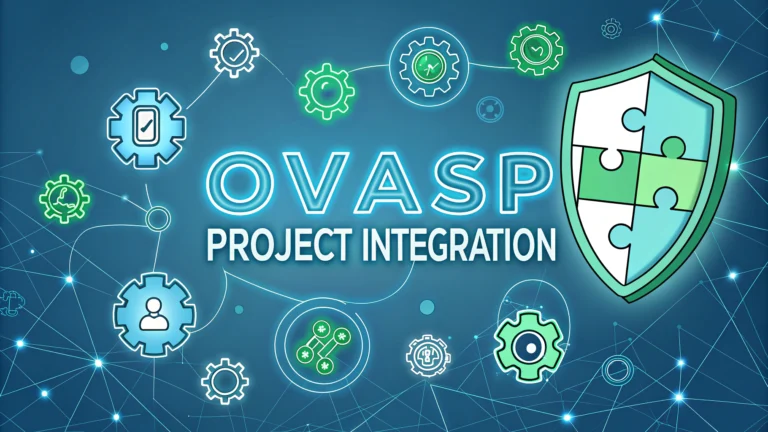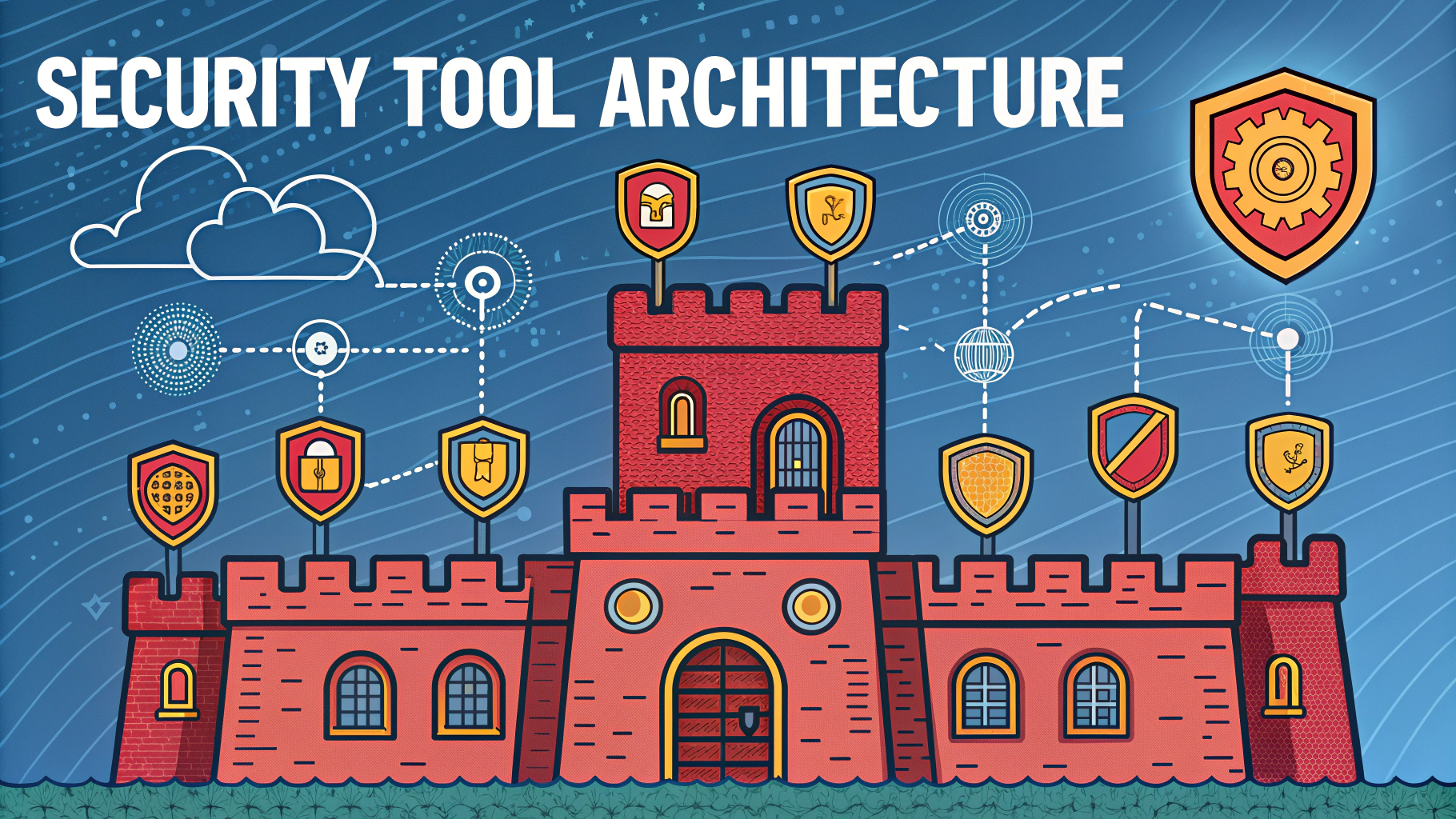OWASP (Open Web Application Security Project) integration strengthens penetration testing by incorporating industry-standard security testing tools, methodologies, and best practices.
The OWASP Testing Guide provides a structured framework for conducting thorough web application security assessments.
Essential OWASP Tools for Penetration Testing
- OWASP ZAP (Zed Attack Proxy) – Automated security scanner for finding vulnerabilities
- OWASP Dependency-Check – Identifies project dependency vulnerabilities
- OWASP WebGoat – Practice environment for hands-on security testing
- OWASP Juice Shop – Modern web app security training platform
Implementing OWASP Testing Methods
Start with the OWASP Testing Guide to establish a baseline testing methodology.
| Testing Phase | Key Activities |
|---|---|
| Information Gathering | Footprinting, enumeration, network mapping |
| Configuration Testing | Server configuration, file handling, SSL/TLS testing |
| Authentication Testing | Credential testing, session management, access controls |
| Data Validation | Input validation, XSS testing, SQL injection checks |
Quick Implementation Steps
- Download and configure OWASP tools relevant to your testing scope
- Set up automated scanning with OWASP ZAP
- Follow OWASP Testing Guide checklist for manual testing
- Document findings using OWASP risk rating methodology
Best Practices for OWASP Integration
- Update tools regularly to maintain effectiveness
- Use OWASP risk rating system for vulnerability prioritization
- Combine automated and manual testing approaches
- Practice on OWASP training applications before real-world testing
Contact the OWASP Foundation for additional support and resources.
Common OWASP Testing Pitfalls
- Relying solely on automated tools
- Skipping manual verification of findings
- Neglecting to update testing methodologies
- Insufficient documentation of test cases
Download the latest OWASP Testing Guide for detailed testing procedures and methodologies.
Advanced OWASP Testing Strategies
Effective OWASP integration requires a multi-layered approach combining technical expertise with systematic methodology application.
Continuous Security Testing
- Implement automated scanning in CI/CD pipelines
- Schedule regular vulnerability assessments
- Monitor security metrics and trends
- Update security policies based on findings
Custom Testing Frameworks
| Framework Component | Implementation Details |
|---|---|
| Test Cases | Customized OWASP test scenarios |
| Automation Scripts | ZAP API integration, custom scanners |
| Reporting Templates | Standardized vulnerability documentation |
| Validation Procedures | Result verification protocols |
Risk Management Integration
- Align testing scope with business risk appetite
- Prioritize vulnerabilities based on impact
- Develop remediation strategies
- Track security improvements over time
Conclusion
OWASP integration provides a robust foundation for comprehensive security testing. Success depends on proper tool implementation, consistent methodology application, and continuous improvement of testing processes.
- Maintain updated OWASP tools and guidelines
- Balance automated and manual testing approaches
- Document and track security improvements
- Invest in team training and skill development
FAQs
- What is OWASP Project Integration in penetration testing?
OWASP Project Integration involves incorporating various OWASP tools, guidelines, and methodologies into penetration testing processes to identify security vulnerabilities in web applications. - Which key OWASP tools are essential for penetration testing?
Essential OWASP tools include OWASP ZAP (Zed Attack Proxy), OWASP Amass, OWASP Dependency-Check, OWASP WebGoat, and OWASP Juice Shop for testing and learning purposes. - How does the OWASP Testing Guide relate to penetration testing?
The OWASP Testing Guide provides a comprehensive framework for web application penetration testing, covering methodologies, test cases, and techniques for identifying security vulnerabilities. - What is the role of OWASP Top 10 in penetration testing?
OWASP Top 10 serves as a baseline for penetration testing by highlighting the most critical web application security risks that need to be assessed during testing. - How can OWASP ZAP be integrated into automated penetration testing?
OWASP ZAP can be integrated through its REST API, command-line interface, or within CI/CD pipelines to perform automated security scanning and vulnerability assessment. - What is the significance of OWASP ASVS in penetration testing?
The OWASP Application Security Verification Standard (ASVS) provides detailed security requirements and test cases that guide penetration testers in thoroughly assessing application security. - How does OWASP Software Composition Analysis benefit penetration testing?
OWASP SCA tools help identify vulnerabilities in third-party components and dependencies, enabling penetration testers to assess supply chain security risks. - What role does OWASP Mobile Security Testing Guide play in mobile app penetration testing?
The OWASP Mobile Security Testing Guide provides specialized testing procedures and tools for assessing security in mobile applications across different platforms. - How can OWASP Security Knowledge Framework enhance penetration testing?
The Security Knowledge Framework provides security requirements, code examples, and tutorials that help penetration testers understand vulnerabilities and develop better testing strategies. - What are the benefits of using OWASP Dependency-Track in penetration testing?
OWASP Dependency-Track helps identify and track vulnerabilities in project dependencies, enabling continuous component analysis during penetration testing.







